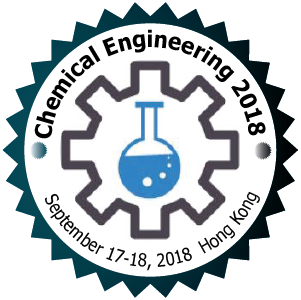
Sam H Y Hsu
City University of Hong Kong, China
Title: Electrochemical properties of Pb-based hybrid perovskite materials for renewable energy applications
Biography
Biography: Sam H Y Hsu
Abstract
The organometallic halide perovskite materials have attracted tremendous attention due to impressive features, including its direct bandgap of ~1.55 eV, high absorption coefficient, ambipolar charge-carrier mobilities, long exciton lifetimes/diffusion length and low exciton binding energy. A liquid junction photoelectrochemical (PEC) cell with methylammonium lead iodide (MeNH3PbI3) is of interest for several reasons. A liquid junction system produces a photoactive junction simply upon immersing the semiconductor in solution, which simplifies the assembly of the cell. It also allows one to do the rapid synthesis and combinatorial screening for novel hybrid materials with different dopants on them. A liquid junction PEC cell based on p-type MeNH3PbI3-based perovskites with large open-circuit voltage is developed. MeNH3PbI3 perovskite is readily soluble or decomposed in many common solvents. However, the solvent, dichloromethane (CH2Cl2), can be employed to form stable liquid junctions. These were characterized with photoelectrochemical cells with several redox couples, including I3-/I-, Fc/Fc+, DMFc/DMFc+ and BQ/BQ•- (where Fc is ferrocene, DMFc is decamethylferrocene, BQ is benzoquinone.) in CH2Cl2. The solution-processed MeNH3PbI3 shows cathodic photocurrents and hence p-type behavior. The difference between the photocurrent onset potential and the standard potential for BQ/BQ•- is 1.25V, which is especially large for a semiconductor with a band gap of 1.55 eV 1, 2 A PEC photovoltaic cell, with a configuration of p-MeNH3PbI3/CH2Cl2, BQ (2 mM), BQ•- (2 mM)/carbon, shows an open-circuit photovoltage of 1.05 V and a short-circuit current density of 7.8 mA/cm2 under 100 mW/cm2 irradiations. Overall optical-to-electrical energy conversion efficiency is 6.1%. The PEC cell shows good stability for over 5.0 hours under irradiation.

